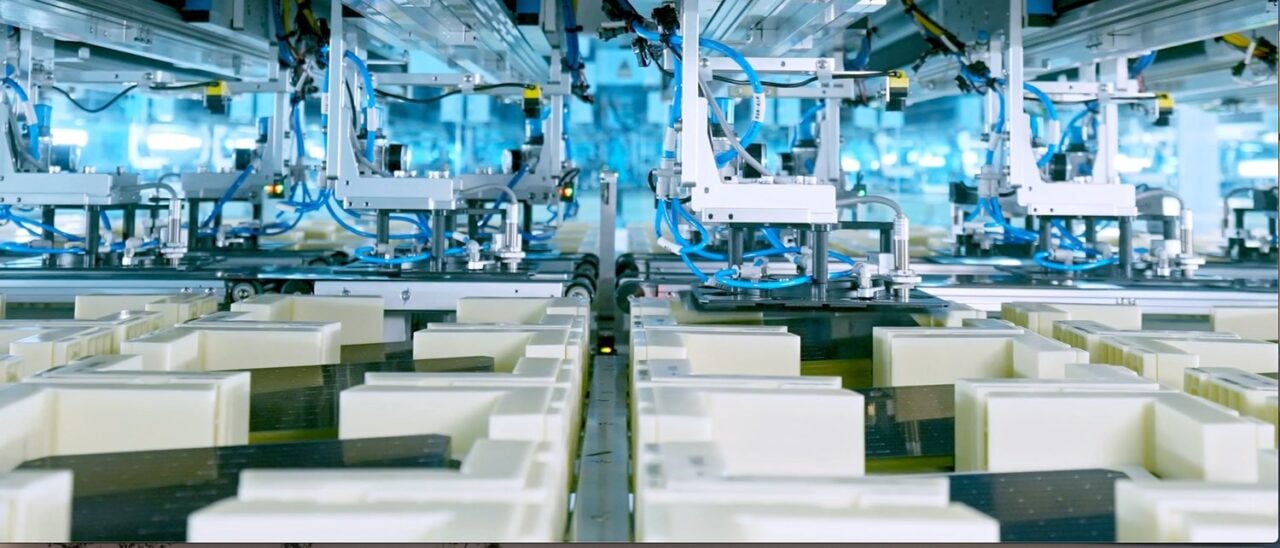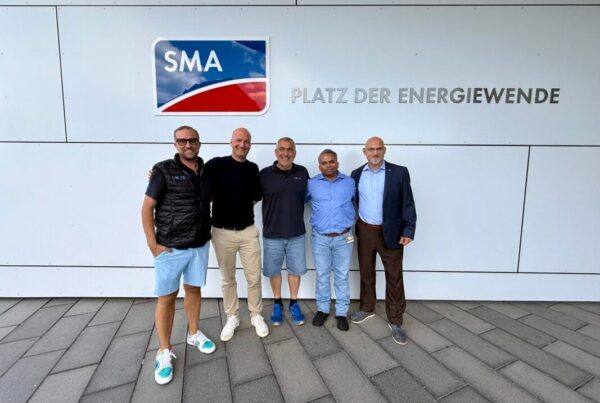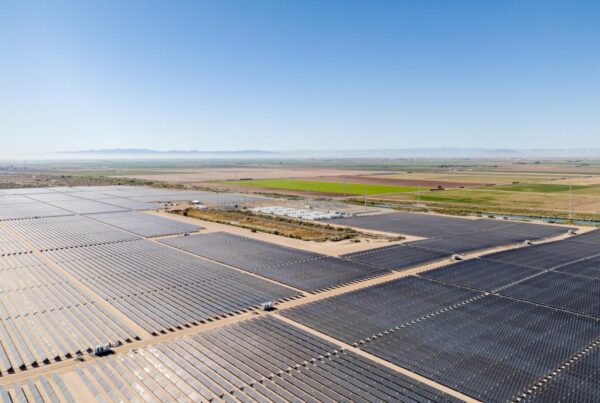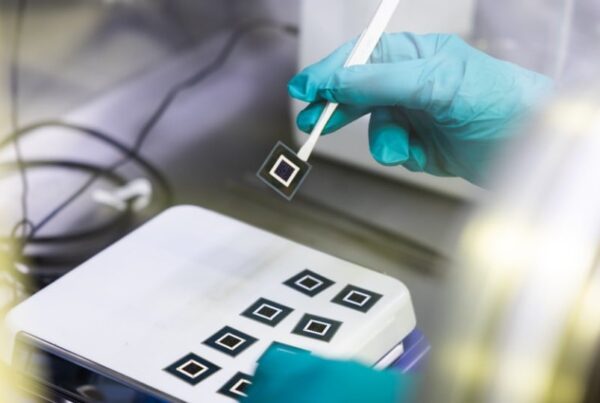
The first cell facility required an investment of US$60 million, while the second will cost the manufacturer US$47 million, as the “existing infrastructure” in place at the first facility will help support the construction and operation of the second facility.
Toyo’s Ethiopian facilities will significantly expand the company’s manufacturing capacity. Between the start of cell manufacturing in October 2023 and the end of June 2024, the last quarter for which the company has published results, it shipped 1.3GW of cells. The company has already announced that its Ethiopian cells will be shipped to a module manufacturing facility in the US, which it plans to commission this year, and aims to build a separate cell manufacturing facility in the US in the first half of 2026.
“The global interest and orders we’ve received for our solar cell products, even before phase one is fully operational, confirm the strength of our strategic vision,” said Toyo chairman and CEO Junsei Ryu. “Given the global demand, we have decided to proceed with this additional capacity.”
Toyo’s plans to commission more cell and module manufacturing capacity in the US is notable, considering ongoing tensions between leading solar manufacturer China and the US, a major global market. President Trump raised tariffs on Chinese solar products to 60% earlier this year, further raising interest in domestic solar manufacturing.
More broadly, Solar Media head of research Finlay Colville said at last year’s PV CellTech USA conference that meaningful new US cell manufacturing capacity would be a “pivotal moment” in the global solar supply chain, as this would challenge China’s historic dominance of the sector.
PV Tech publisher Solar Media will be organising the fourth edition of Large Scale Solar USA in Dallas, Texas 29-30 April. After a record year for solar PV additions in the US, the event will dive into the ongoing uncertainties on tariffs, tax credits and trade policies as more domestic manufacturing becomes operational. Other challenges, such as the interconnection queues and permitting, will also be covered in Dallas. More information, including how to attend, can be read here.






